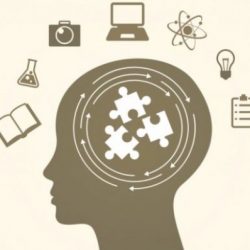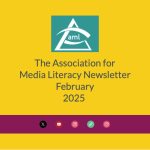Essential Frameworks
Here are AML’s essential frameworks for teaching media literacy.
What are our Essential Frameworks?
The Eight Key Concepts
The Eight Key Concepts are used to support the understanding and use of media. It is our fundamental teaching framework.
Discussing how each concept applies to a media experience can help us understand it.
1. Media construct reality
2. Media construct versions of reality
3. Audiences negotiate meaning
4. Media have economic implications
5. Media communicate values messages
6. Media communicate political and social messages
7. Form and content are closely related in each medium
8. Each medium has a unique aesthetic form
Click here for the full document.

An Early Years Definition of Media
This foundation of understanding media can be used for children as young as three years.
1. Media are made by people, for people.
2. We can see them.
3. We can hear them.
4. We can feel them.
5. We can wear them.
6. We can experience them.
7. All media have a message.

The Media Literacy Triangle
The Media Literacy Triangle is a graphic framework that was presented to the AML by Eddie Dick of the Scottish Media Council. It is based on the Key Concepts but can be used by teachers and students directly in classrooms to facilitate and organize discussions and analyses.
Some people find the list of items ambitious and hard to understand. For these people, we suggest the Media Literacy Triangle with Questions.
Click here for a pdf of the Triangle.
Click here for a pdf of the Triangle with Questions.
Click here for a pdf of the Triangle modified for the Junior classroom.
Click here for a pdf of the Triangle modified for media creation.

The Social Media Triangle
The Social Media Triangle was designed for the OTF/OADE Social Media and Teacher Learning Conference, February, 2012.
It is an amalgam of the Media Literacy Triangle and Critical Literacy questions. The questions are designed to facilitate critical thinking about social media and help students use them effectively.
Click here for the pdf.

Kayla Velasquez
The Fake News Triangle
What is new about fake news? As with all news in the 21st Century, it is more frequent, easier to encounter but harder to verify. Where once professional editors filtered news for accuracy and honesty, we more often find that we have to perform that job ourselves.
Click here for Fake News Triangle Questions.

The Anti-Bias Anti-Racism (ABAR) Triangle
This useful framework/tool reconfigures the Key Concepts to mobilize critical thinking about Anti-Bias Anti-Racism (ABAR) issues. All ABAR themes are media-related because bias – and racism through bias – are communicated through media forms and environments.
Click here for ABAR Triangle and Questions.



